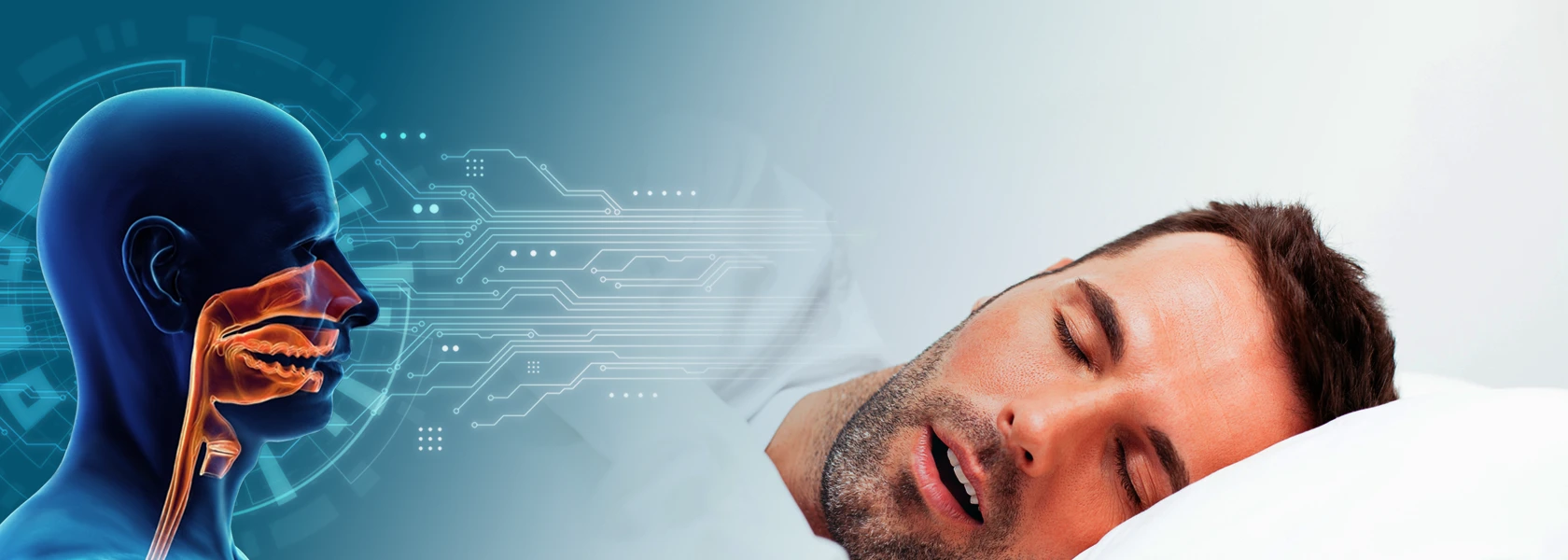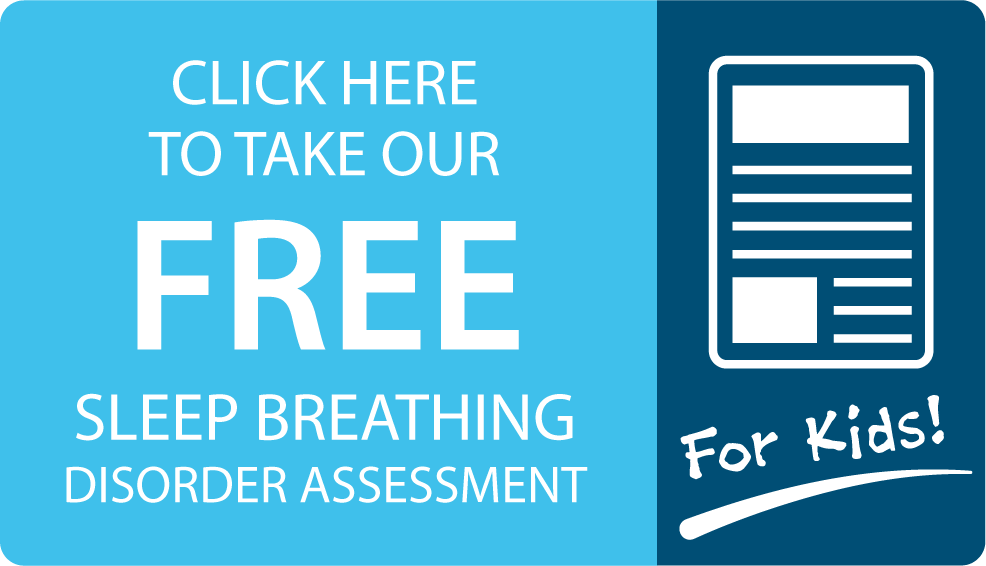
Airway Orthodontics
TREAT THE CAUSE – NOT JUST THE SYMPTOMS
Orthodontics and dentofacial orthopedics can support and affect changes to a patient’s airway. There are various types of treatments available. Please see below for a list of some approaches that can influence and help a patient’s airway improve!
When diagnosed and treated, airway orthodontics can improve your:
• Energy
• Motivation
• Job Performance
• Memory
• Alertness
• Quality of Life
Do you often feel like you have to drag yourself out of bed in the morning? You may be suffering from an undiagnosed sleep breathing disorder like sleep apnea.
Consistent fatigue is one of many symptoms that may point to a problem with breathing while sleeping. When sleep disorders are ignored, they can lead to complications such as:
Chronic daytime sleepiness • High blood pressure • Heart attack • Stroke • Heartburn and reflux • Morning headaches • Depression
Dr. Feller Explains Airway Orthodontics
Sleep Apnea and Snoring In Kids
TREATMENT SOLUTIONS FOR YOUNGSTERS
Kids can show different signs and symptoms of sleep-related breathing disorders compared to adults.
For example, the Apnea-Hypopnea Index (AHI) threshold for adults to be diagnosed with sleep apnea is five events per hour. For kids, as few as one event per hour is generally a concern and may warrant treatment. In addition, kids can show drastically different signs of sleep disturbances compared to adults.
The BEARS questionnaire is a simple, effective screening tool for many sleep disorders. To take the BEARS questionnaire for kids, click or tap on the icon below.

Treatment Options
FOR AIRWAY ORTHODONTICS
Oral Appliances
Orthodontists often use oral appliances to manage sleep apnea, particularly for mild to moderate cases of obstructive sleep apnea (OSA). These devices include:
- Mandibular Advancement Devices (MADs): These devices reposition the lower jaw (mandible) forward, increasing the size of the upper airway and reducing airway resistance, which helps to prevent airway collapse during sleep.
- Tongue Retaining Devices (TRDs): These devices hold the tongue in a forward position, preventing it from obstructing the airway.
Maxillary Expansion
Maxillary expansion is used to widen the upper jaw (maxilla), which can improve the airflow through the nasal passages and the oral cavity. Techniques include:
- Rapid Palatal Expansion (RPE): A device is used to gradually expand the upper jaw in growing children and adolescents whose bones are still growing.
- Maxillary Assisted Rapid Palatal Expansion (MARPE): For adults, maxillary expansion is still possible with the combination of a maxillary expander and temporary anchorage devices (TADs, also known as mini-implants). Surgical intervention may be required to assist with palatal expansion depending on the age and condition of skeletal age and density.
Orthognathic Surgery
In more severe cases of sleep apnea, orthognathic surgery may be necessary. This involves surgical repositioning of the jaws to enlarge the airway space. Common procedures include:
- Maxillomandibular Advancement (MMA): Both the upper (maxilla) and lower (mandible) jaws are surgically moved forward to increase the size of the airway.
Functional Orthodontics
Functional orthodontics focuses on improving the function of the jaw and airway. Treatments can include:
- Myofunctional Therapy: Exercises that strengthen the tongue and orofacial muscles to improve airway patency.
- Functional Appliances: These are used to correct jaw positions and improve muscle tone, thereby enhancing airway function.
Pediatric Interventions
Early orthodontic interventions in children can prevent the development or worsening of sleep apnea. These interventions include:
- Interceptive Orthodontics: Early use of braces or other devices to correct malocclusions (misaligned teeth) and jaw discrepancies that can contribute to airway obstruction.
- Habit Appliances: Devices to discourage habits such as thumb-sucking, which can affect jaw and dental development.
Collaboration with Other Specialists
Orthodontists often work in collaboration with other healthcare providers, including:
- Sleep Physicians: To diagnose sleep apnea and monitor treatment outcomes.
- Otolaryngologists (ENTs): For surgical interventions and management of related airway issues.
- Pulmonologists: For comprehensive care in severe cases of sleep apnea.
Benefits of Orthodontic Interventions in Sleep Apnea Management
Orthodontists often use oral appliances to manage sleep apnea, particularly for mild to moderate cases of obstructive sleep apnea (OSA). These options include:
- Improved Airway Patency: By physically altering the structures of the oral cavity and jaws, orthodontic treatments can reduce airway obstruction.
- Non-Invasive Options: Many orthodontic treatments, such as oral appliances, offer a non-invasive alternative to Continuous Positive Airway Pressure (CPAP) therapy.
- Long-Term Solutions: Orthodontic interventions can provide long-term improvements in airway function, particularly in growing children and adolescents.
Conclusion
Orthodontics plays a crucial role in the multidisciplinary approach to managing sleep apnea and airway issues. Through various devices, surgical interventions, and early treatments, orthodontists can significantly contribute to improving patients’ sleep quality and overall health.
Click on this video
to see one family’s struggle to find
answers to sleep apnea.

